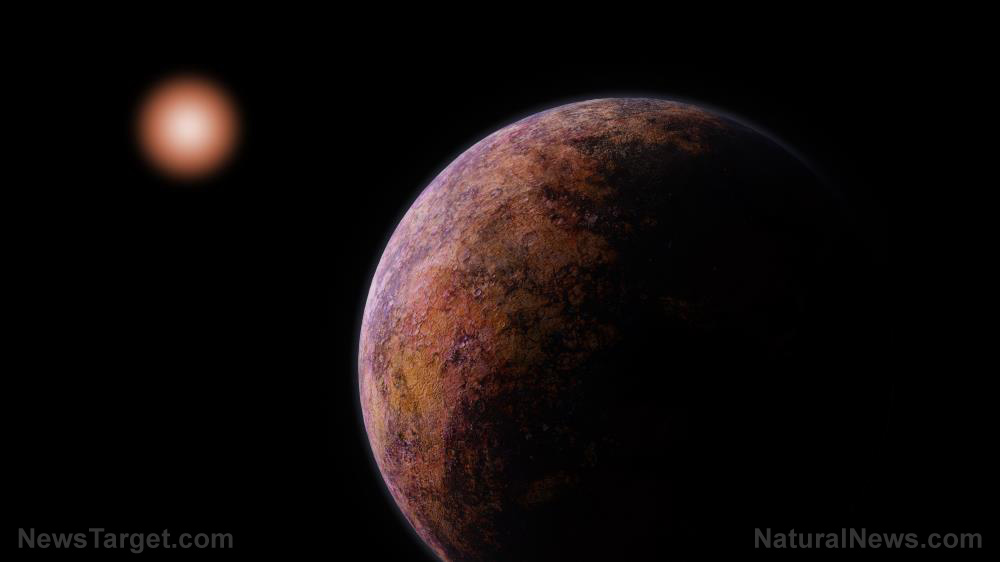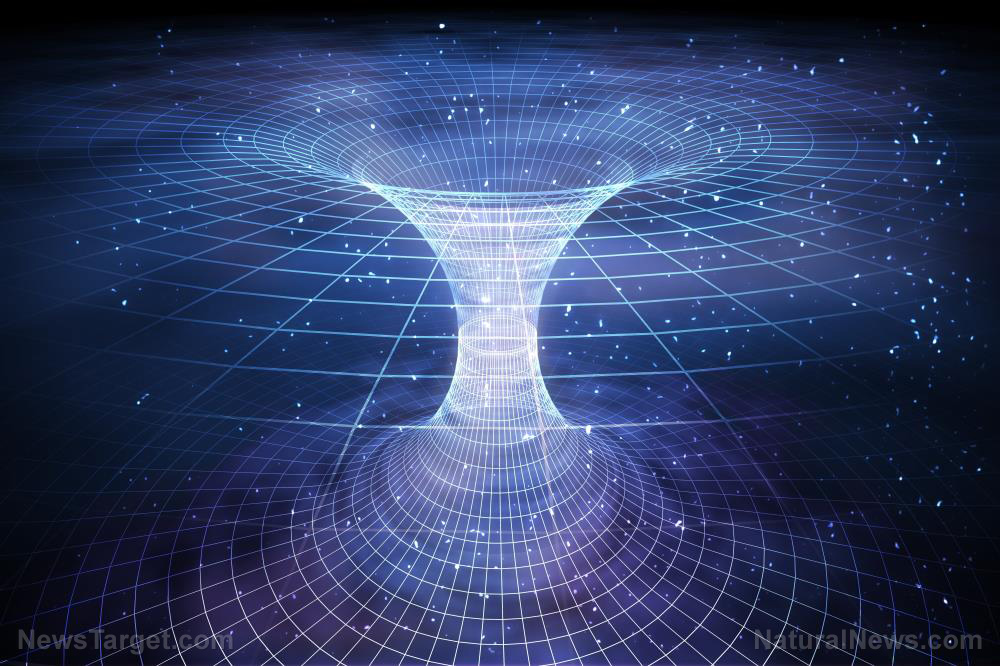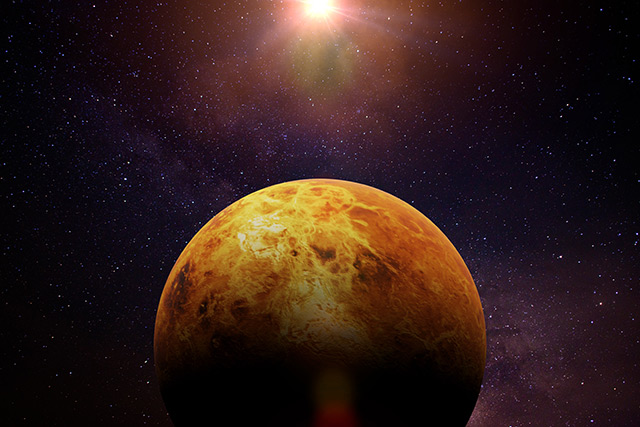
American theoretical physicist Michio Kaku said that contacting alien life is a terrible idea.
"Soon we'll have the Webb telescope up in orbit and we'll have thousands of planets to look at, and that's why I think the chances are quite high that we may make contact with an alien civilization," said Kaku, referring to the James Webb Space Telescope (JWST) that is set to launch later this year and will peek into worlds at the far reaches of the universe.
"There are some colleagues of mine that believe we should reach out to them. I think that's a terrible idea. We all know what happened to Montezuma when he met Cortes in Mexico so many hundreds of years ago."
Humanity's future may be at risk if we were to find and contact aliens
As legend has it, Montezuma accidentally ceded the entire Aztec Empire to Cortes, a Spanish conquistador, over a language misunderstanding.
Kaku apparently fears that were we to find and contact aliens, earthlings could be the Aztecs and aliens the Spaniards. If we send a message such as "we come in peace" when we discover them, the aliens may interpret it to mean "come rule us." (Related: Alien surveillance? Physicist says alien life forms may have bugged space objects to observe Earth.)
The Aztec Empire was eventually destroyed by the Spanish so Kaku may have concerns for the future of humanity. "Now, personally, I think that aliens out there would be friendly but we can't gamble on it. So I think we will make contact but we should do it very carefully," Kaku said.
The Hubble Space Telescope is Earth's most famous piece of technology to see space, but the JWST is 100 times more powerful and uses infrared scanning technology to see things further away and with greater detail.
The National Aeronautics and Space Administration (NASA) is sending the new telescope to the second Sun-Earth Lagrange point (L2) – a special place where the JWST can stay in line with Earth – while it orbits around the sun 1.5 million kilometers (0.93 million miles) away from home. The Hubble, on the other hand, just hung out right above our planet a mere 325 kilometers (202 miles) away.
It can also scan thousands of potentially habitable worlds for signs of life, something Hubble is not designed to do. Once in place, researchers will be able to look at the origins of the universe and search for planets that can support life.
If everything goes according to plan, the JWST will reach its destination, calibrate its sensors and be fully operational by May 2022.
Aliens may be found deep in the ocean rather than deep in space
Some think that aliens are already here on Earth. Unidentified flying object (UFO) expert Gary Heseltine believes that contact preparations with aliens should involve wetsuits and submarines.
"UFOs are often seen coming in and out of water so suspect that in our deepest oceans and trenches we may well have alien bases. That sounds crazy but if you think about it we only know 5 percent of ocean, we know more about the surface of the moon or Mars than our own oceans – so that would seem to me why UFOs are seen regularly coming in and out of water," said Heseltine, vice president of the International Coalition for Extraterrestrial Research (ICER).
ICER is a new not-for-profit organization comprised of scientists, academics and leading UFO researchers from 27 countries whose mission is to prepare people for a massive psychological change once contact is made with aliens. Heseltine predicted that contact will happen soon, but more likely deep in the ocean than deep in space.
To Heseltine's point, video footage showing UFO entering the ocean without damage had been released by veteran documentary filmmaker Jeremy Corbell. According to Corbell, the footage was captured by the Navy off the coast of San Diego in July 2019.
It shows a dark spherical object, seen through an infrared camera, flying over the ocean and then vanishing into water. A voice can be heard in the background saying "it splashed" as the object disappears. The leaked footage was released by Corbell on May 15. (Related: UFOs come from "alien bases" deep within our oceans, British ex-cop claims.)
The military called the UFO seen by Navy personnel as a transmedium vehicle. The Pentagon uses that term to refer to an unidentified craft that moves through multiple mediums, such as air, water or vacuum space.
Follow Space.news for more news and information related to space exploration, aliens and UFOs.
Sources include:
Please contact us for more information.




















